Snow Goer magazine was launched as the first national snowmobile magazine 50 years ago. To celebrate, Snow Goer is taking readers on a volume-by-volume walk through the history of snowmobiling, as captured on the magazine’s pages. Below is the review of the 1969-70 publishing season. Other years will be also be published — use SG@50 in the search bar on the website to find them. Here’s a link to the opening section plus links to the 1966-67 section, the 1967-68 section, the 1968-69 section, the 1969-70 section, the 1970-71 section, 1971-72 section, the 1972-73 section, the 1973-74 section and the 1974-75 section.
1975-76
Snow Goer magazine got a new logo, fresh design, new columnists and more pages for the new publishing season as it got ready for America’s bicentennial. The editor’s season-opening column extolled the benefits of new Snowmobile Safety Certification Committee standards related to sound output, braking distance, use of kill switches, density for seats, shielding of drive components and more. Those standards – created in part to keep federal regulators at bay – are still vitally important today.

A new series called the Snow Goer Watchdog was created “to identify specific problem areas and unfair policies and practices that adversely affect snowmobiling,” the magazine said. The first Watchdog article, “The Great Snowmobile Trail Rip Off ” included a damning chart showing how much money 26 states raised in snowmobile registration fees in 1974, and then how little each state spent on snowmobile trails. New York and Michigan were singled out as the “bad boys” of the snowmobile funding game. The article raised much controversy and, though some government officials questioned the magazine’s printed figures, it served an important role. In fact, the magazine later printed a letter from Michigan Gov. William Milliken announcing steps being made to fix problems the magazine identified.
Snow Goer’s scientific testing of pre-production sleds – and ongoing allegations of various manufacturers showing up with souped-up sleds – caused the magazine to bring in tech inspectors to “spec” pre-production models. Polaris sleds had the greatest variance between the test machine and the production units – with the pre-production sleds featuring thinner head gaskets and polished ports. The Rupp Nitro (power curve data), Scorpion Whip (head gaskets) and Sno-Jet SST 440 (carburetor and exhaust system) also showed variance.
Notable 1976 sleds included the new, liquid-cooled John Deere Liquifire; Arctic Cat Pantera 5000 with a new engine and front end; Moto-Ski Futura 440 with a new track, rear suspension and clutch; “lightning-quick” Polaris TX 340; and Yamaha Prestige 440 with its hydraulic torque converter.
Test riders compared riding the Rupp Nitro to the sensation of a Lear jet or hang glider. “You will be overcome by surprise, exhilaration, amazement and appreciation, in that order.”

The market’s rapid decline was documented in the 1976 Buyer’s Guide issue: “Of the more than 100 snowmobile manufacturers that once existed, only 13 major companies remain to enter the ’76 season.” Specs were given for 16 brands: Alouette, Arctic Cat, Evinrude, Johnson, John Deere, Massey-Ferguson, Mercury, Moto-Ski, Polaris, Raybon, Rupp, Scorpion, Ski-Doo, Skiroule, Sno-Jet and Yamaha. Model year 1976 would be the last for Alouette, Rupp, Raybon, Skiroule, Evinrude and Johnson.
New sled sales dropped another 23 percent, to 243,000 units.


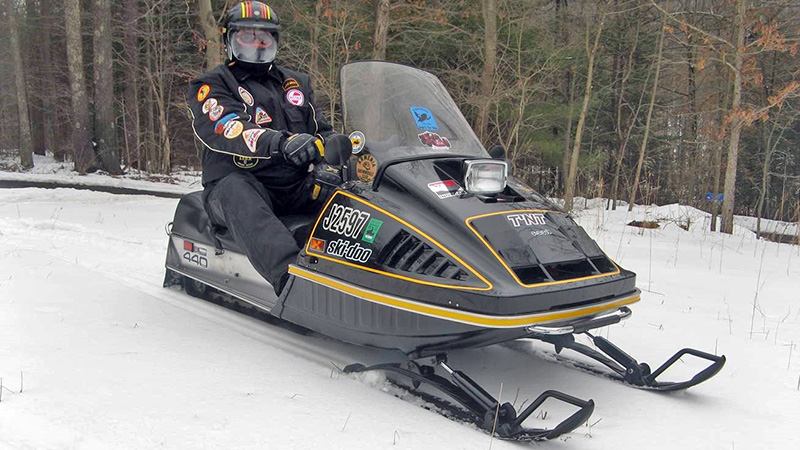
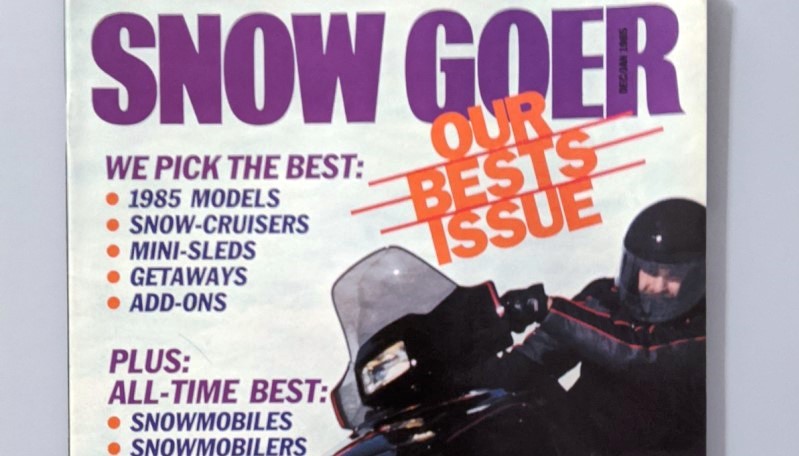
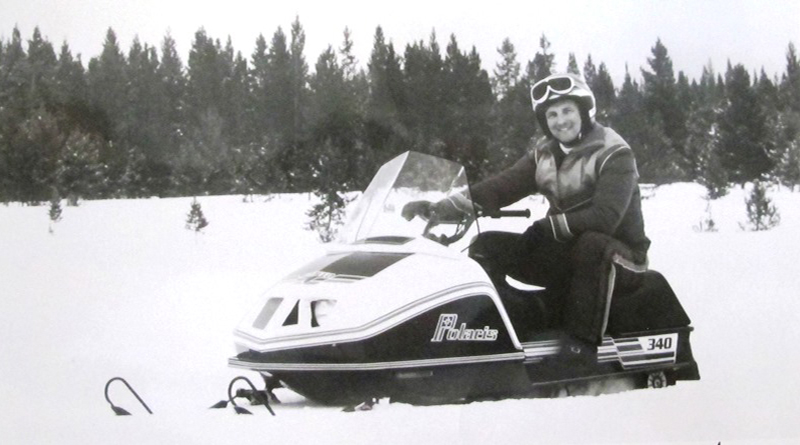
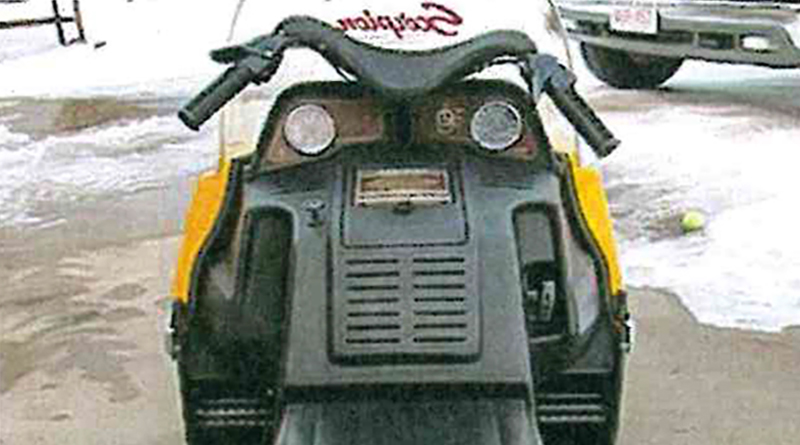
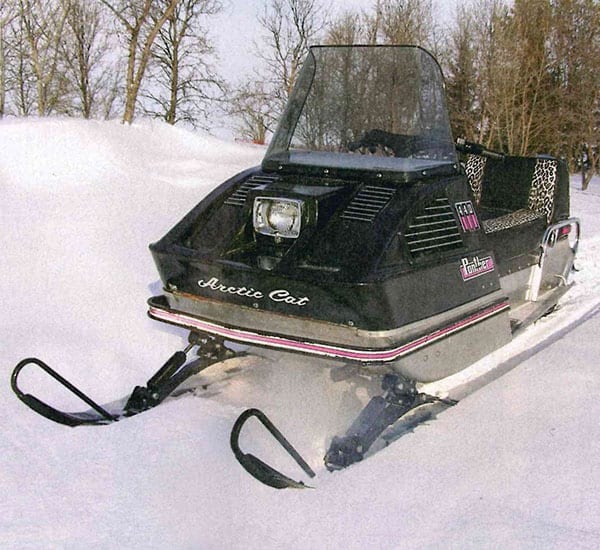
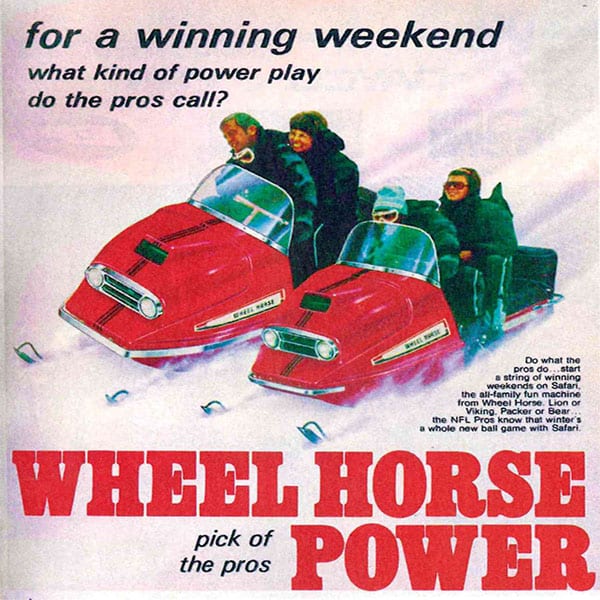
Well let’s see how much Wisconsin raised the registration rates with 30 dollar trail passes per snowmobile per year if you don’t belong to the local snowmobile club aka the local alcoholics club. How about the states excuses about how much they stick into education I don’t call the UW system eduction. It’s not snowmobile education which I volunteered to do for over 10 years. 30 years ago I always saw groomers on the trail when I belonged to 3 clubs now I get to ride two to three times a year. Registration/trail pass equals about 30 cent per mile per sled now. It doesn’t seem to make sense to even keep the sleds anymore.
You’re certainly entitled to your opinion Bill, but we’re going to have to respectfully disagree. Wisconsin has more than 20,000 miles of trails and for 30 beans you get complete access to all of them. They have to be put in, maintained and taken out every year. Groomers cost money; diesel fuel costs money. Supplies for bridges, trail signs, etc. cost money. People’s time costs money. Club insurance costs money. Looking at it another way, a single round of golf lasting a couple of hours on a finite course cost $80-120 each time a person goes, and people gladly pay it. But a network of 20,000 MILES of trails across the entire state is yours to access foor a 3-4 month person for a mere $30, and that’s a rip off in your world? The math doesn’t add up to us. To us, a $30 trail pass to enjoy such a wonderful sport is one of the best bargains in the world.